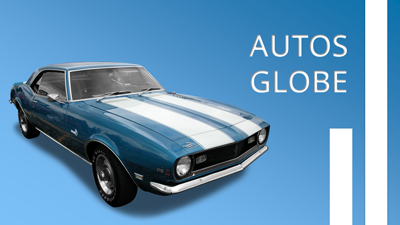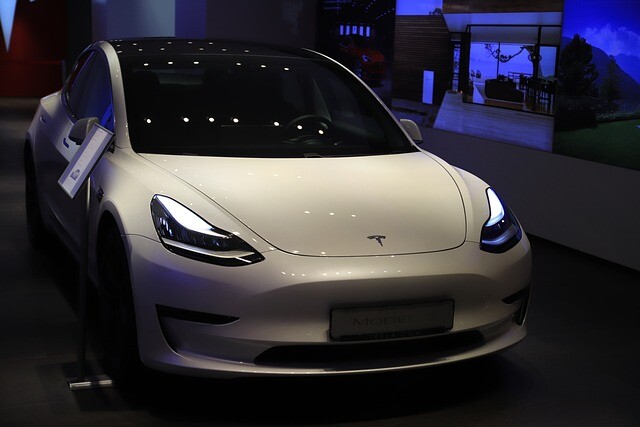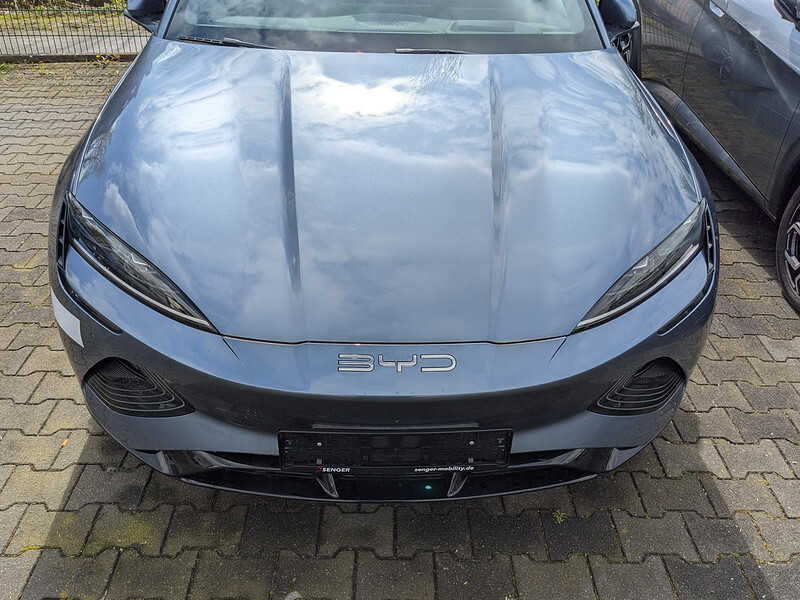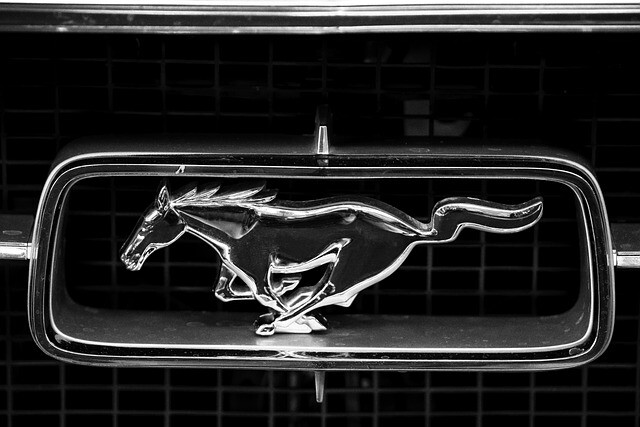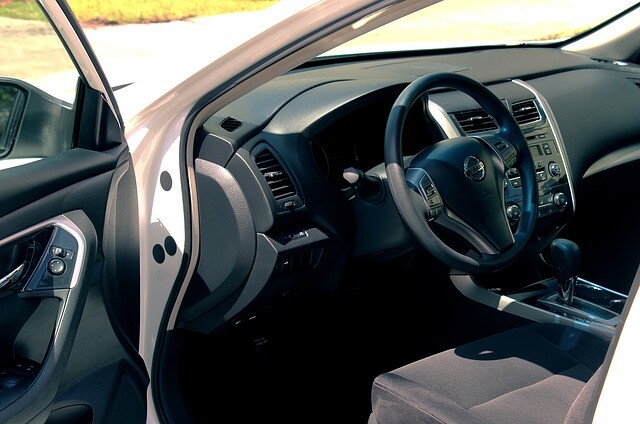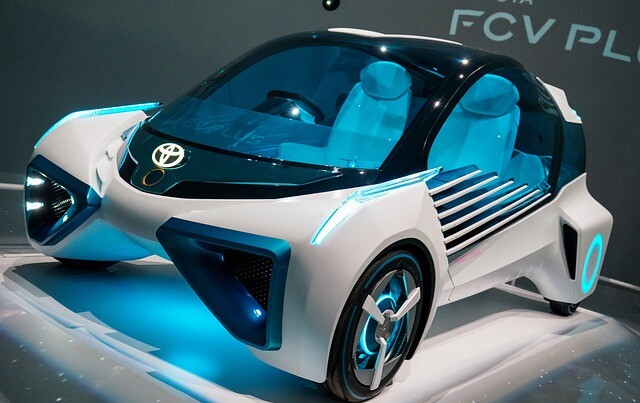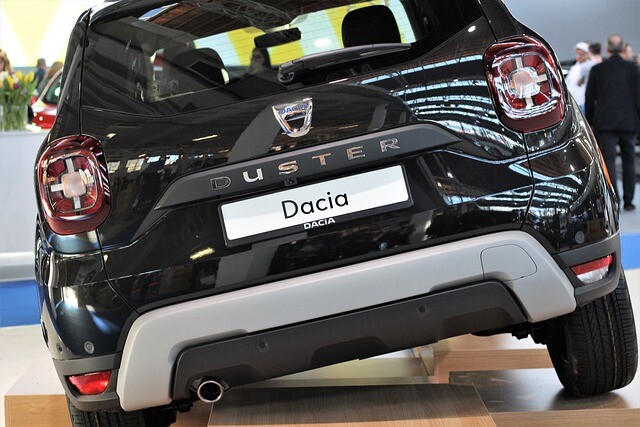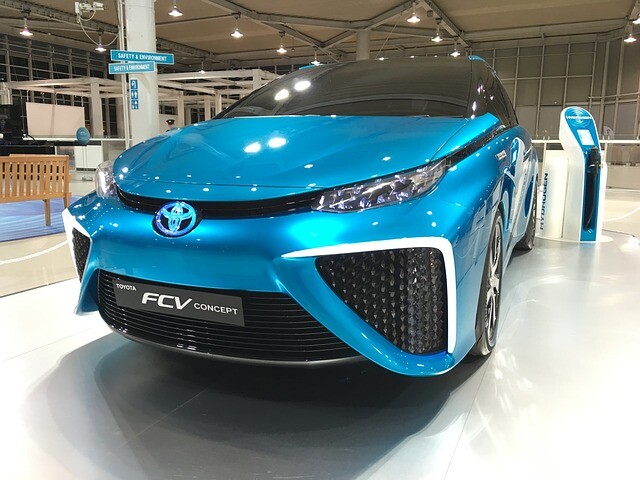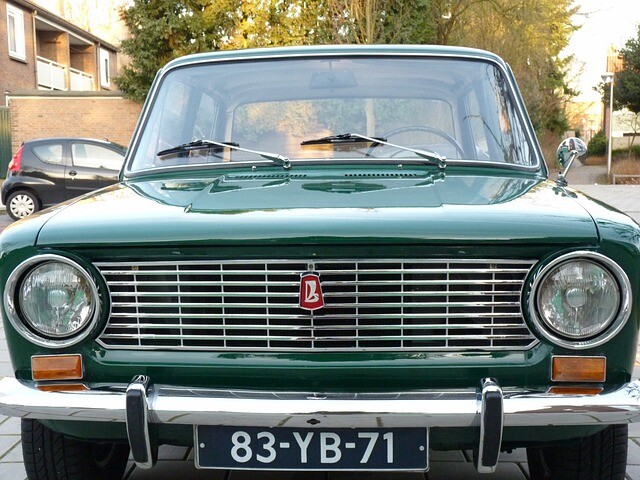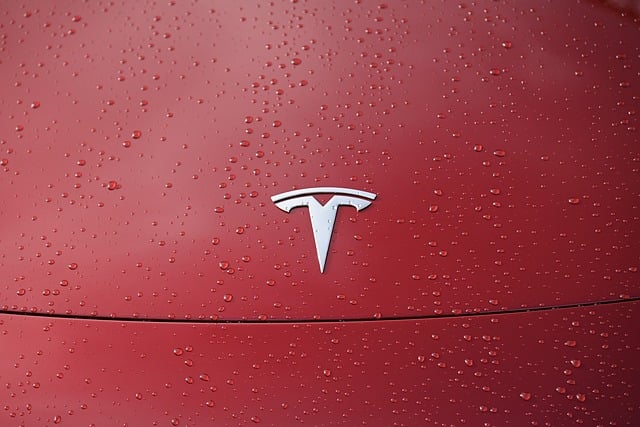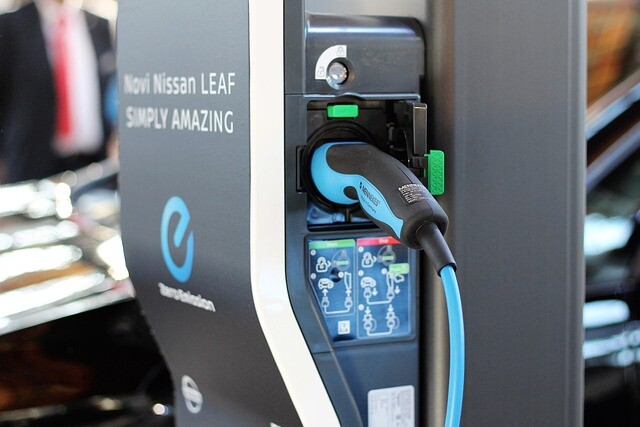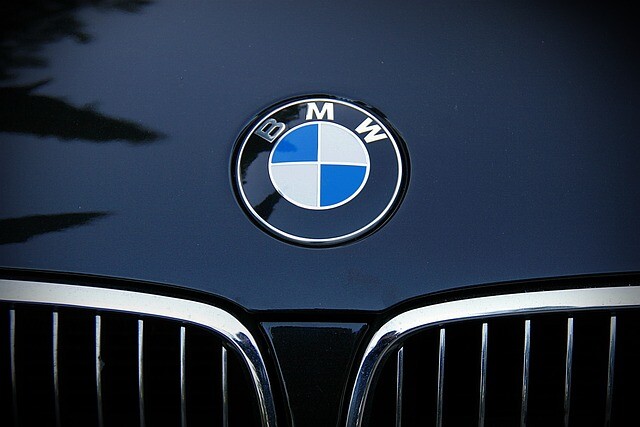That's what Peugeot will do
After ten years, Peugeot has a race car in Le Mans again. Starting in the new Hypercar class, the 9X8 will also be a street model; for now, let’s look at what you need to know about the race version.

Now, however, they are here again, in the newly introduced Hypercar category, which allows for innovative, creative engineering solutions thanks to its more flexible constraints on aerodynamics.
Such a creative idea right away is that the car (5000 x 2080 x 1180 mm; 3045 mm wheelbase) does not have a rear wing: Peugeot engineers claim that they have managed to achieve sufficient downforce without, but are still unwilling to reveal the secret.
The name 9X8 is also creative, the first and last members of which refer to the 908, and X suggests that (a) the car is all-wheel drive, (b) the car crosses the internal combustion engine technology with the electric, hybrid in Hungarian. This is important because Peugeot will electrify all its cars by 2025, so there will be a connection between street and racing models.
There is also an optical link between the two areas: the racing car's front and rear position indicators and the gray-yellow color scheme can be traced back to street models and the first member of the Peugeot Sport Engineered sports family, the 509 PSE.
There’s a bold experiment going on in the cabin: instead of a purely functional cockpit, the designers dreamed of a colorful, patterned driving environment.
As for the powertrain, the 2.6-liter biturbo V6 petrol engine drives the rear wheels with the 680 hp allowed by the regulations, while the front axle is fitted with a 272-horsepower electric motor / generator combo - or is fitted because the electrical component, including high-voltage (900 V) battery is in the final stages of development as well as the seven-speed sequential transmission. We already know that the power of a racing car cannot exceed 500 kW (680 hp) at any time during the race, so engineers have serious reserves in the use of the electric motor.
(Source: vezess.hu / photo: pixabay.com)
